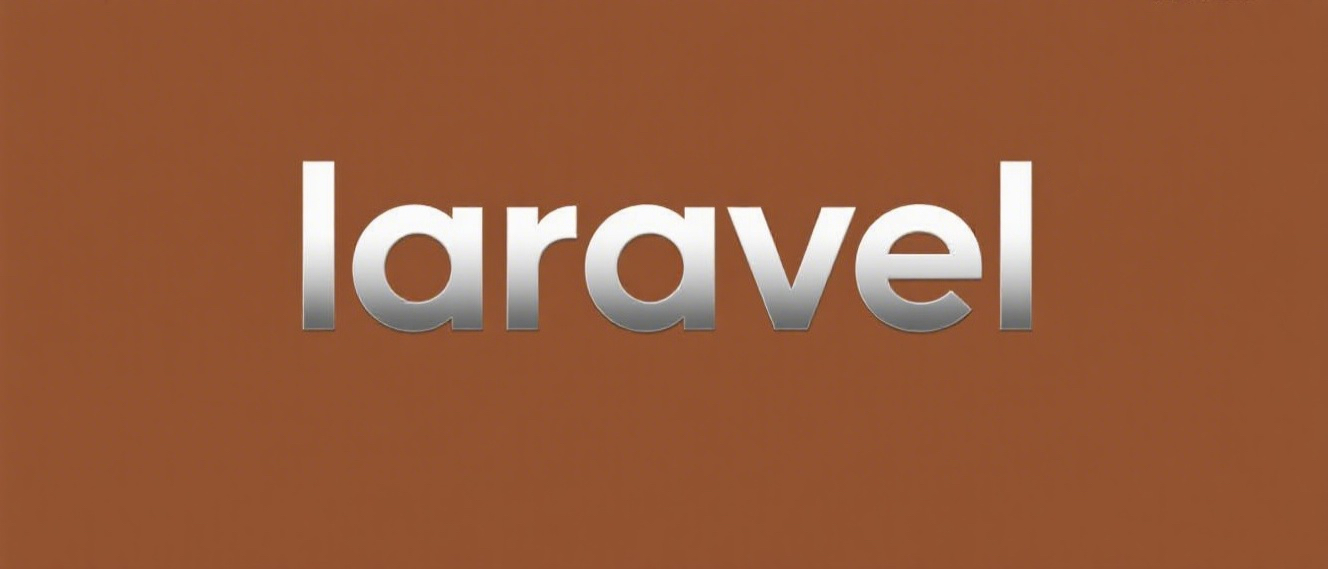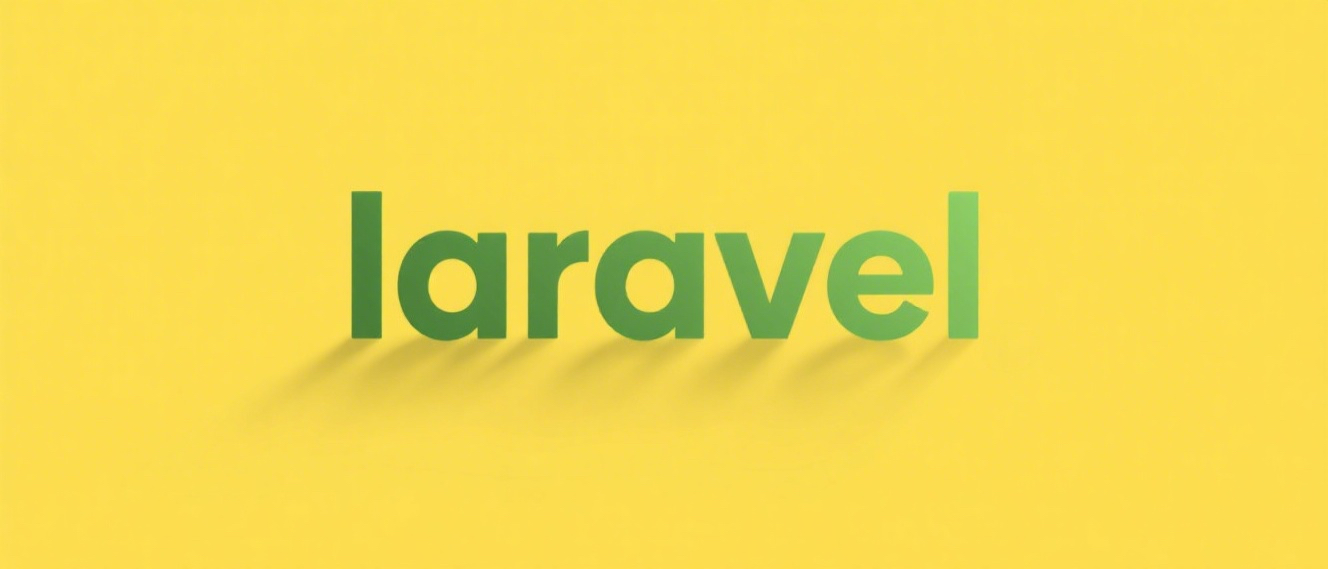To implement effective input validation in Laravel, use form requests for complex logic, leverage built-in and custom validation rules, validate at both frontend and backend levels, and handle validation errors gracefully. 1. Form requests keep controllers clean by encapsulating validation logic in dedicated classes and are reusable across controllers. 2. Laravel provides built-in rules like required, email, and unique, which can be combined or customized using arrays, pipes, Rule::when(), or closures. 3. Frontend validation improves user experience but must always be backed by server-side validation to ensure security. 4. Handle errors by customizing messages, using Laravel’s redirection with errors, displaying messages in the UI via @error directive, and returning JSON responses for AJAX calls using ValidationException.

When dealing with user input in a Laravel application, it’s crucial to validate that data properly before processing or storing it. Input validation helps prevent invalid data from entering your system, reduces the risk of bugs, and protects against security issues like injection attacks.

Here are a few practical strategies you can use to implement effective input validation in Laravel:

Use Form Requests for Complex Validation Logic
Form requests are ideal when your validation rules start getting more involved. They help keep your controllers clean by moving all validation logic into dedicated request classes.
To create a form request:

- Run
php artisan make:request YourRequestName - Define your validation rules inside the
rules()method - Type-hint the request in your controller method
For example:
public function store(StoreBlogPostRequest $request)
{
// The incoming request is already validated
}This approach also makes it easy to reuse validation logic across multiple controllers and provides centralized error handling.
Leverage Built-in Validation Rules and Custom Rules
Laravel comes with a rich set of validation rules out of the box — like required, email, unique, max, etc. You can chain them together or apply them conditionally.
A few tips:
- Combine rules using pipes:
'email|required|max:255' - Use arrays for readability:
['required', 'email', 'max:255'] - For complex conditions, use
Rule::when()or closures inside the validator
Also, don’t hesitate to write custom rules if needed. For instance, validating a custom slug format or ensuring a value passes an external API check.
Validate at Multiple Levels: Frontend and Backend
While Laravel handles backend validation well, don’t skip frontend validation entirely. It improves user experience by giving instant feedback.
But remember:
- Frontend validation can be bypassed easily
- Always re-validate on the server side
You can use tools like Laravel's @error directive in Blade templates or integrate with JavaScript validation libraries, but never treat client-side checks as final.
Handle Validation Errors Gracefully
How you respond to failed validations matters. Laravel automatically redirects users back with errors when using form requests or manual validation in controllers.
Some things to keep in mind:
- Customize error messages when default ones aren't clear enough
- Use
dd($request->validate())during development to quickly debug - Return JSON responses for AJAX calls using
throw ValidationException
Also, make sure your UI displays errors clearly — not just in logs or dumps.
That covers the main strategies. Input validation in Laravel doesn’t have to be complicated, but it does require attention to detail — especially around edge cases and security concerns.
The above is the detailed content of Effective Input Validation Strategies within a Laravel Application. For more information, please follow other related articles on the PHP Chinese website!

Hot AI Tools

Undress AI Tool
Undress images for free

Undresser.AI Undress
AI-powered app for creating realistic nude photos

AI Clothes Remover
Online AI tool for removing clothes from photos.

Clothoff.io
AI clothes remover

Video Face Swap
Swap faces in any video effortlessly with our completely free AI face swap tool!

Hot Article

Hot Tools

Notepad++7.3.1
Easy-to-use and free code editor

SublimeText3 Chinese version
Chinese version, very easy to use

Zend Studio 13.0.1
Powerful PHP integrated development environment

Dreamweaver CS6
Visual web development tools

SublimeText3 Mac version
God-level code editing software (SublimeText3)

Hot Topics
 What are policies in Laravel, and how are they used?
Jun 21, 2025 am 12:21 AM
What are policies in Laravel, and how are they used?
Jun 21, 2025 am 12:21 AM
InLaravel,policiesorganizeauthorizationlogicformodelactions.1.Policiesareclasseswithmethodslikeview,create,update,anddeletethatreturntrueorfalsebasedonuserpermissions.2.Toregisterapolicy,mapthemodeltoitspolicyinthe$policiesarrayofAuthServiceProvider.
 How do I install Laravel on my operating system (Windows, macOS, Linux)?
Jun 19, 2025 am 12:31 AM
How do I install Laravel on my operating system (Windows, macOS, Linux)?
Jun 19, 2025 am 12:31 AM
Yes,youcaninstallLaravelonanyoperatingsystembyfollowingthesesteps:1.InstallPHPandrequiredextensionslikembstring,openssl,andxmlusingtoolslikeXAMPPonWindows,HomebrewonmacOS,oraptonLinux;2.InstallComposer,usinganinstalleronWindowsorterminalcommandsonmac
 What are controllers in Laravel, and what is their purpose?
Jun 20, 2025 am 12:31 AM
What are controllers in Laravel, and what is their purpose?
Jun 20, 2025 am 12:31 AM
The main role of the controller in Laravel is to process HTTP requests and return responses to keep the code neat and maintainable. By concentrating the relevant request logic into a class, the controller makes the routing file simpler, such as putting user profile display, editing and deletion operations in different methods of UserController. The creation of a controller can be implemented through the Artisan command phpartisanmake:controllerUserController, while the resource controller is generated using the --resource option, covering methods for standard CRUD operations. Then you need to bind the controller in the route, such as Route::get('/user/{id
 How do I customize the authentication views and logic in Laravel?
Jun 22, 2025 am 01:01 AM
How do I customize the authentication views and logic in Laravel?
Jun 22, 2025 am 01:01 AM
Laravel allows custom authentication views and logic by overriding the default stub and controller. 1. To customize the authentication view, use the command phpartisanvendor:publish-tag=laravel-auth to copy the default Blade template to the resources/views/auth directory and modify it, such as adding the "Terms of Service" check box. 2. To modify the authentication logic, you need to adjust the methods in RegisterController, LoginController and ResetPasswordController, such as updating the validator() method to verify the added field, or rewriting r
 How do I use Laravel's validation system to validate form data?
Jun 22, 2025 pm 04:09 PM
How do I use Laravel's validation system to validate form data?
Jun 22, 2025 pm 04:09 PM
Laravelprovidesrobusttoolsforvalidatingformdata.1.Basicvalidationcanbedoneusingthevalidate()methodincontrollers,ensuringfieldsmeetcriterialikerequired,maxlength,oruniquevalues.2.Forcomplexscenarios,formrequestsencapsulatevalidationlogicintodedicatedc
 Selecting Specific Columns | Performance Optimization
Jun 27, 2025 pm 05:46 PM
Selecting Specific Columns | Performance Optimization
Jun 27, 2025 pm 05:46 PM
Selectingonlyneededcolumnsimprovesperformancebyreducingresourceusage.1.Fetchingallcolumnsincreasesmemory,network,andprocessingoverhead.2.Unnecessarydataretrievalpreventseffectiveindexuse,raisesdiskI/O,andslowsqueryexecution.3.Tooptimize,identifyrequi
 How do I escape HTML output in a Blade template using {{{ ... }}}? (Note: rarely used, prefer {{ ... }})
Jun 23, 2025 pm 07:29 PM
How do I escape HTML output in a Blade template using {{{ ... }}}? (Note: rarely used, prefer {{ ... }})
Jun 23, 2025 pm 07:29 PM
InLaravelBladetemplates,use{{{...}}}todisplayrawHTML.Bladeescapescontentwithin{{...}}usinghtmlspecialchars()topreventXSSattacks.However,triplebracesbypassescaping,renderingHTMLas-is.Thisshouldbeusedsparinglyandonlywithfullytrusteddata.Acceptablecases
 How do I mock dependencies in Laravel tests?
Jun 22, 2025 am 12:42 AM
How do I mock dependencies in Laravel tests?
Jun 22, 2025 am 12:42 AM
TomockdependencieseffectivelyinLaravel,usedependencyinjectionforservices,shouldReceive()forfacades,andMockeryforcomplexcases.1.Forinjectedservices,use$this->instance()toreplacetherealclasswithamock.2.ForfacadeslikeMailorCache,useshouldReceive()tod






